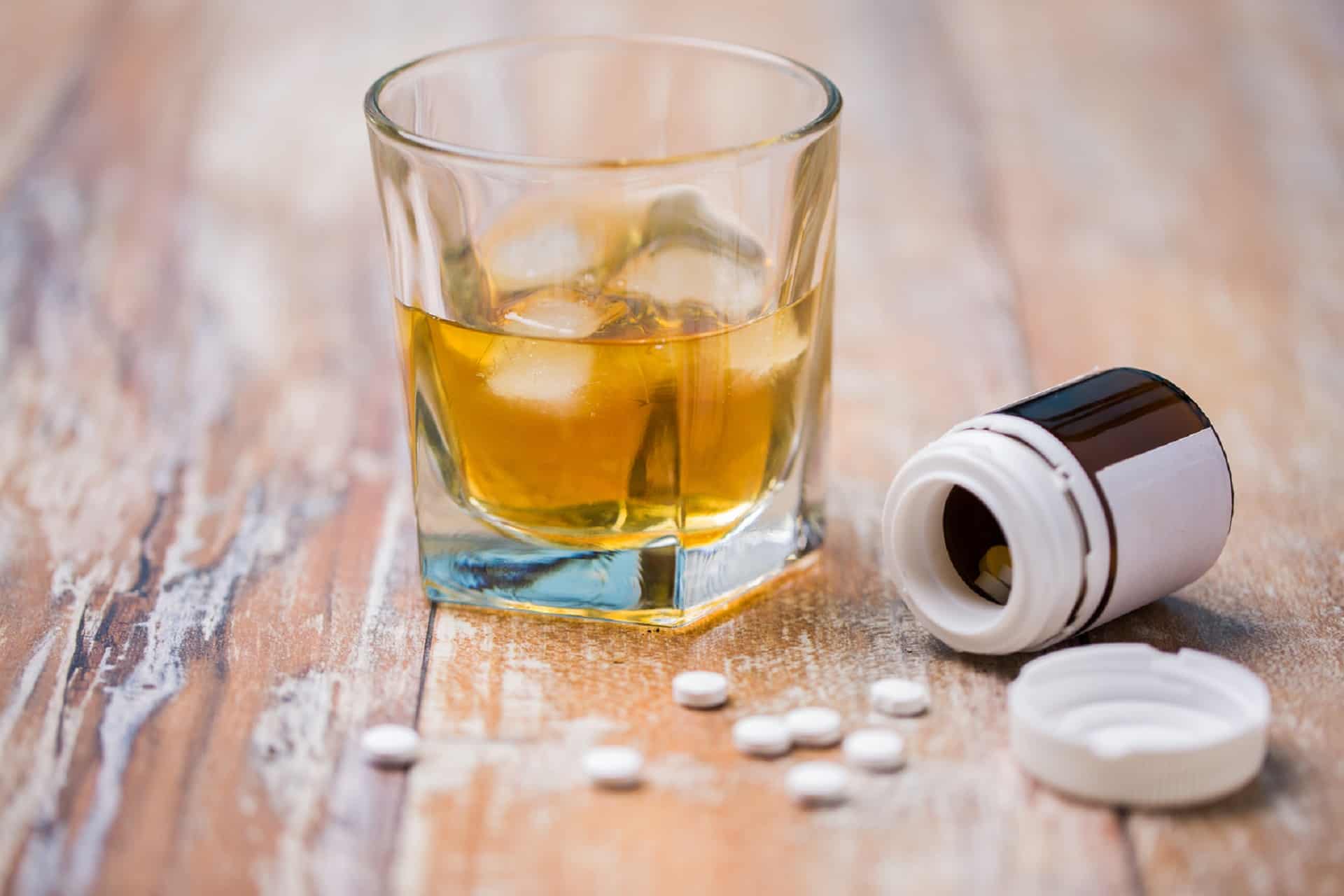Addiction is complex, but it becomes even more dangerous when multiple substances are involved. Polysubstance Use Disorder—the misuse of more than one drug at the same time or within overlapping periods—is one of the most serious challenges in addiction medicine. Whether it’s mixing alcohol with prescription pills, combining opioids with stimulants, or using several illicit substances in rotation, the risks increase exponentially.
Unfortunately, polysubstance use is far from rare. In fact, research shows that more than 50% of people seeking addiction treatment are struggling with multiple substances (National Institute on Drug Abuse). Understanding the dangers of polysubstance use and how professional treatment can address it is essential for saving lives.
What Is Polysubstance Use Disorder?
Polysubstance Use Disorder (PUD) refers to the regular use of more than one substance, often without preference for a specific drug. Some people mix drugs to enhance or balance effects. For example, using stimulants like cocaine with depressants like alcohol. Others may develop dependence on multiple substances over time.
Unlike single-substance addiction, PUD is marked by complex withdrawal symptoms, unpredictable interactions, and elevated overdose risks. Treating it requires comprehensive, individualized care that accounts for every substance involved.
Why Polysubstance Use Is So Dangerous
1. Unpredictable Drug Interactions
Combining substances alters how each one works in the body. For example, alcohol and opioids both depress the central nervous system, creating a compounded effect that can stop breathing entirely. Stimulants mixed with depressants—sometimes called “speedballing”—place extreme stress on the heart, leading to arrhythmias or cardiac arrest.
2. Complicated Withdrawal
Withdrawing from one substance is challenging; withdrawing from two or more at once can be overwhelming. Symptoms may overlap or contradict each other. For example, opioid withdrawal causes agitation and muscle pain, while alcohol withdrawal can trigger seizures. This makes medical supervision absolutely critical.
3. Higher Overdose Risk
Data from the CDC shows that nearly 50% of opioid overdoses also involve other substances, such as alcohol, benzodiazepines, or cocaine. When tolerance levels differ across drugs, a person may overdose on one even if their body can still handle another.
4. Severe Strain on Mental and Physical Health
Polysubstance use disrupts nearly every system in the body. The liver, kidneys, and heart bear the brunt of processing multiple toxins. At the same time, mental health deteriorates. Depression, anxiety, paranoia, and psychosis are more common among those using multiple substances.
Who Is Most at Risk?
Polysubstance use affects people of all ages and backgrounds, but some groups are more vulnerable:
- Young adults experimenting with multiple substances in social settings.
- Individuals with chronic pain, who may combine prescribed opioids with alcohol or sedatives.
- People with untreated mental health conditions, who may self-medicate with different substances for relief.
- Long-term users who develop tolerance to one drug and turn to additional substances to chase stronger effects.
The Role of Comprehensive Detox
Detox is the first and most critical step in treating PUD. Because withdrawal from multiple substances can be unpredictable, medical detox in a supervised facility is the safest option.
Key elements of polysubstance detox include:
- Comprehensive Assessments: Identifying every substance in the system, along with physical and mental health history.
- 24/7 Monitoring: Continuous observation ensures quick responses to seizures, dehydration, or cardiac events.
- Medication Support: Targeted medications are used to ease withdrawal symptoms without creating harmful interactions.
- Hydration and Nutrition Therapy: Essential for stabilizing the body after prolonged exposure to multiple toxins.
Attempting detox at home is especially dangerous for polysubstance users. Without medical care, the risk of seizures, respiratory failure, or relapse is extremely high.
Beyond Detox: The Importance of Rehab
Detox addresses the immediate medical dangers, but it does not resolve the underlying patterns of addiction. Long-term rehab is essential to build the tools needed for sustainable recovery.
A comprehensive rehab program for polysubstance use typically includes:
1. Dual Diagnosis Treatment
Many polysubstance users also live with mental health conditions such as depression, anxiety, or PTSD. Treating both the addiction and the mental health issue at the same time improves long-term outcomes.
2. Cognitive and Behavioral Therapies
Evidence-based therapies like Cognitive Behavioral Therapy (CBT) and Dialectical Behavior Therapy (DBT) help clients recognize triggers, manage cravings, and develop healthier coping mechanisms.
3. Peer and Group Support
Connecting with others in recovery creates accountability and combats isolation. Group therapy also helps individuals see that they are not alone in their struggles.
4. Family Involvement
Polysubstance use often damages relationships. Family therapy rebuilds trust and equips loved ones with the tools to support recovery effectively.
5. Holistic Approaches
Therapies such as yoga, mindfulness meditation, and nutrition counseling support whole-body healing and provide new tools for managing stress without turning to substances.
Long-Term Recovery for Polysubstance Use
Sustainable recovery from PUD requires ongoing care beyond residential rehab. Outpatient programs, sober living environments, and aftercare services provide continuity. Research shows that programs lasting 90 days or more are associated with the highest rates of success (National Institute on Drug Abuse).
Continued participation in therapy, peer support groups, and wellness practices reduces the risk of relapse and helps individuals reintegrate into daily life with stability and confidence.
Seeking Help
Polysubstance Use Disorder is one of the most dangerous forms of addiction. The risks of unpredictable interactions, severe withdrawal, and high overdose rates make professional treatment not just beneficial, but essential. Detox and rehab programs designed to address multiple substances simultaneously provide the best path forward, offering safety, structure, and long-term support.
If you or someone you love is struggling with polysubstance use, know that recovery is possible with the right help. Regal Treatment, a Los Angeles-based detox and rehab center, provides medically supervised detox and comprehensive rehabilitation tailored to the complexities of multiple addictions. Taking the first step toward treatment could be the decision that saves a life.
Contact Regal today online at www.regaltreatment.com/contact to learn more about our facility and addiction treatments for yourself, a loved one, or a friend.





